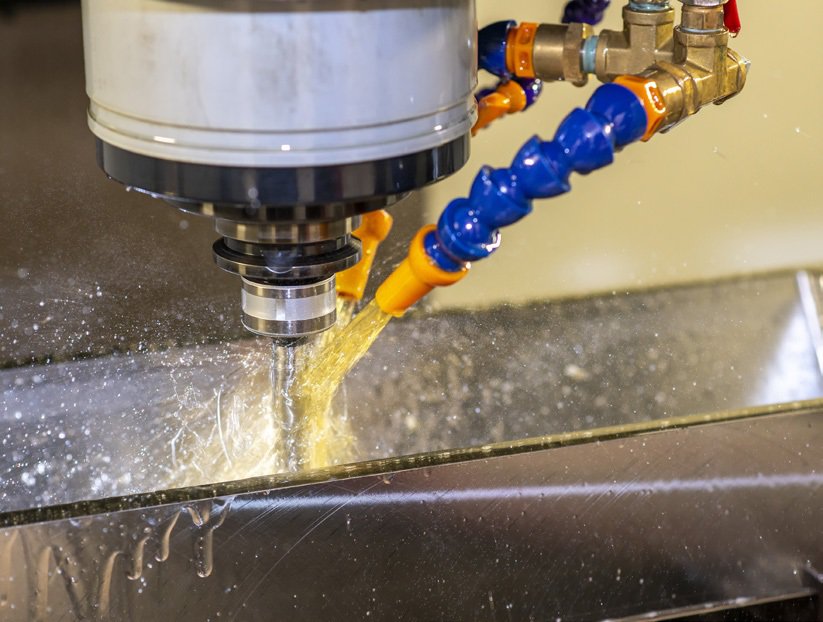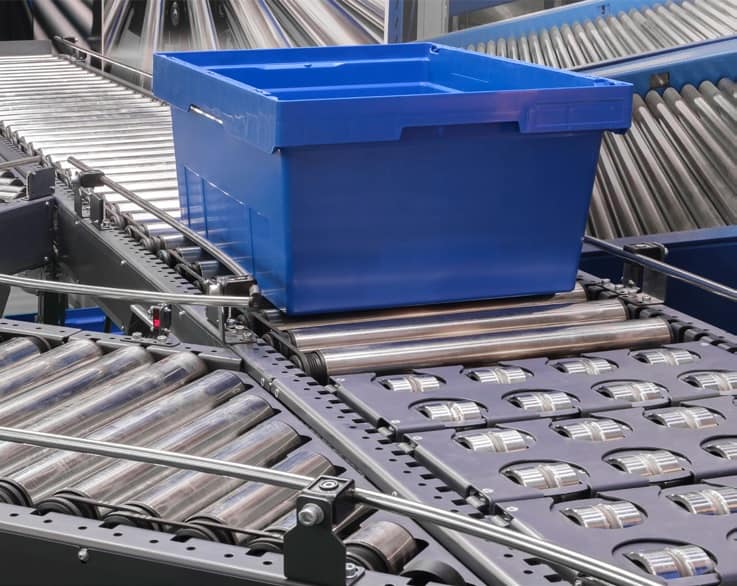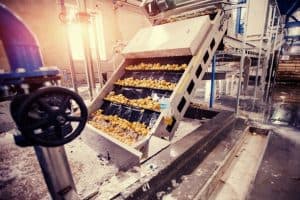
With summer coming to the Northern Hemisphere, construction season will soon be in full swing. Although this is great for business, it raises new challenges for contractors pouring concrete at the hottest time of the year, when concrete sets faster than normal. Fortunately, the use of the right corrosion inhibiting admixture can keep this from turning into a nightmare.
Side Effects of CNI vs. MCI®
Calcium nitrite (CNI), once the industry standard for corrosion inhibiting admixtures, has the side effect of accelerating concrete set time, which makes the pressure of doing a perfect job all the more stressful for concrete contractors in hot weather. In contrast to CNI, MCI® (Migrating Corrosion Inhibitor™) concrete admixtures do not accelerate set time, making them a great option for summer heatwaves. Ready-mixers have seen outstanding results when pouring MCI®-2005 NS (normal set version) in the peak heat of summer, avoiding early set problems and even giving them the opportunity to remove set retarders. MCI®-2005, which has its own set-retarding effects, minimizes the need for set retarders even more. Two experiences in the summers of 2020 and 2021 highlight the advantages of MCI® admixtures from the contractor’s perspective.
Avoiding Cold Joints
In 2020, a contractor pouring a cast-in-place parking garage in Toronto was using a CNI admixture in the peak heat of summer. The concrete began setting too quickly and forming cold joints potential weak points for the future. When they switched to MCI®-2005 NS, they saw a major difference. They had no more early set problems— even at temperatures around 100 °F (38 °C)—and they were able to remove the set retarders needed for CNI. From that point on, they intended to use MCI®-2005 NS in place of CNI for any future projects where CNI was specified.
Best PT Mix Ever!
The following summer in Nebraska, one contractor was getting over the stress of a very difficult CNI concrete pour when another nightmare loomed: that of pouring a parking garage in the middle of a July heatwave. Fortunately, MCI®-2005 NS had already been selected as the corrosion inhibitor for the PT (post-tension) mix, but with a heat index of 100 °F (38 °C) at 9:30 in the morning, the contractor wondered if he should wait for cooler evening temperatures. At the reassurance of the MCI® regional sales manager, they went ahead with the pour, treating it as they normally would on a hot day with 2 ounces [59 mL] of set retarder. They also used slag as the supplementary cementitious material (reduces heat of hydration) and a high-range plasticizer to help with stiffness and slump. The crew soon noticed that the mix was much easier to place and consolidate than with CNI. In fact, they achieved an 8 inch (20 cm) slump and had significantly more bleed water than they had ever had with a CNI PT mix. The contractor’s general superintendent was so pleased that he called it the best PT mix he had ever used and said he never wanted to use the previous admix again. Just as he predicted, other ready-mixers in the area soon switched over to MCI®, as well, when they saw the good results.
Reduce the Stress This Summer
Pouring concrete is stressful enough without adding hot weather and CNI set acceleration into the mix. Minimize the stress this summer by choosing an MCI® admixture that does not accelerate set time and has a good reputation for workability, even in high temps. Contact Cortec® to learn more about using concrete admixtures in hot weather: https://www.cortecmci.com/contact-us/
Keywords: MCI admixtures, concrete admixtures, From Grey to Green, summer challenges for contractors, pouring concrete in hot weather, CNI accelerates concrete set time, corrosion inhibitors that do not accelerate set time, Cortec, Migrating Corrosion Inhibitor, how to avoid cold joints
For a PDF version please click here.













